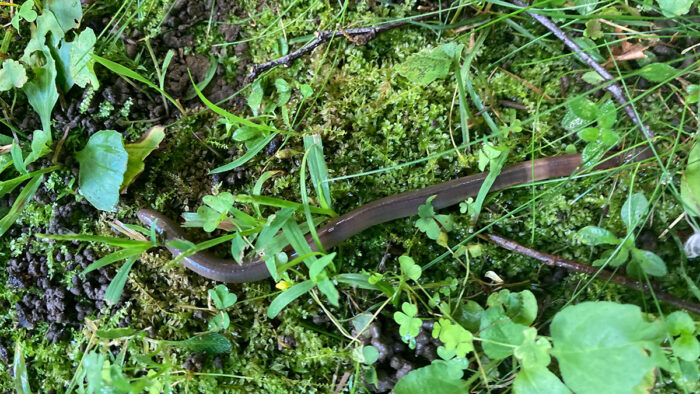
As if gardeners don’t have enough to contend with, an invasive worm is surprising many of us by moving into our Northeast gardens. “Worms?” you might ask. “I thought worms were beneficial and good for composting and soil health?”
Well, not exactly. Some worms perform helpful tasks that enrich our soil and make our gardens function more efficiently. While purists may argue that all worms in North America are nonnative (thanks to the glaciers there are no native worms), at least the imported red wigglers and European nightcrawlers are able work in harmony, and like our other nonnative gardening friends, the honeybees, are able to do good things for us. The same is not true when it comes to jumping snake worms.
Distribution
Jumping snake worms (Amynthas and Metaphire spp.), also known as crazy worms, Alabama jumpers, or Asian jumping worms, are invading gardens throughout the eastern United States. The first species were found in California in the late nineteenth century. Today snake worms are found in 37 states and are spreading quickly into the Northeast.
Many scientists believe the rise in snake worm populations has accelerated through practices used by commercial horticulture. Plant material at nurseries and garden centers is commonly grown elsewhere and shipped in pots of soil, which can transport worms and their eggs. Snake worms and their eggs have even been found in bagged commercial compost mixes. Factor in recreational fishing bait, and snake worms have multiple channels in which they can travel from one place to another.
Snake worms love our gardens because there is little competition. Other established worm populations slow down during the hottest months of summer, while snake worms crave the heat. Unlike other worms, snake worms lay eggs that can survive temperatures as low as –12°F. While they can’t withstand temperatures above 100°F, rarely if ever does Northeast soil reach such highs. A newly hatched egg in late March can mature in 90 days, and an adult can lay multiple egg cases in a season before the weather becomes cold.
Identification
Like their name suggests, snake worms often move or wiggle across the surface of the ground a bit like a snake. I’d say that they look more like very healthy nightcrawlers that just happen to be extra flip-floppity. Snake worms are from the peregrine pheretimoid group of worms. There are 16 species of known pheretimoid snake worms in North America. Identifying snake worms is easy. Just look for the light-colored band that appears on worms such as nightcrawlers. On snake worms, the ring (called the clitellum) goes all the way around the body of the worm, while on nightcrawlers the ring only goes about 3/4 of the way around.
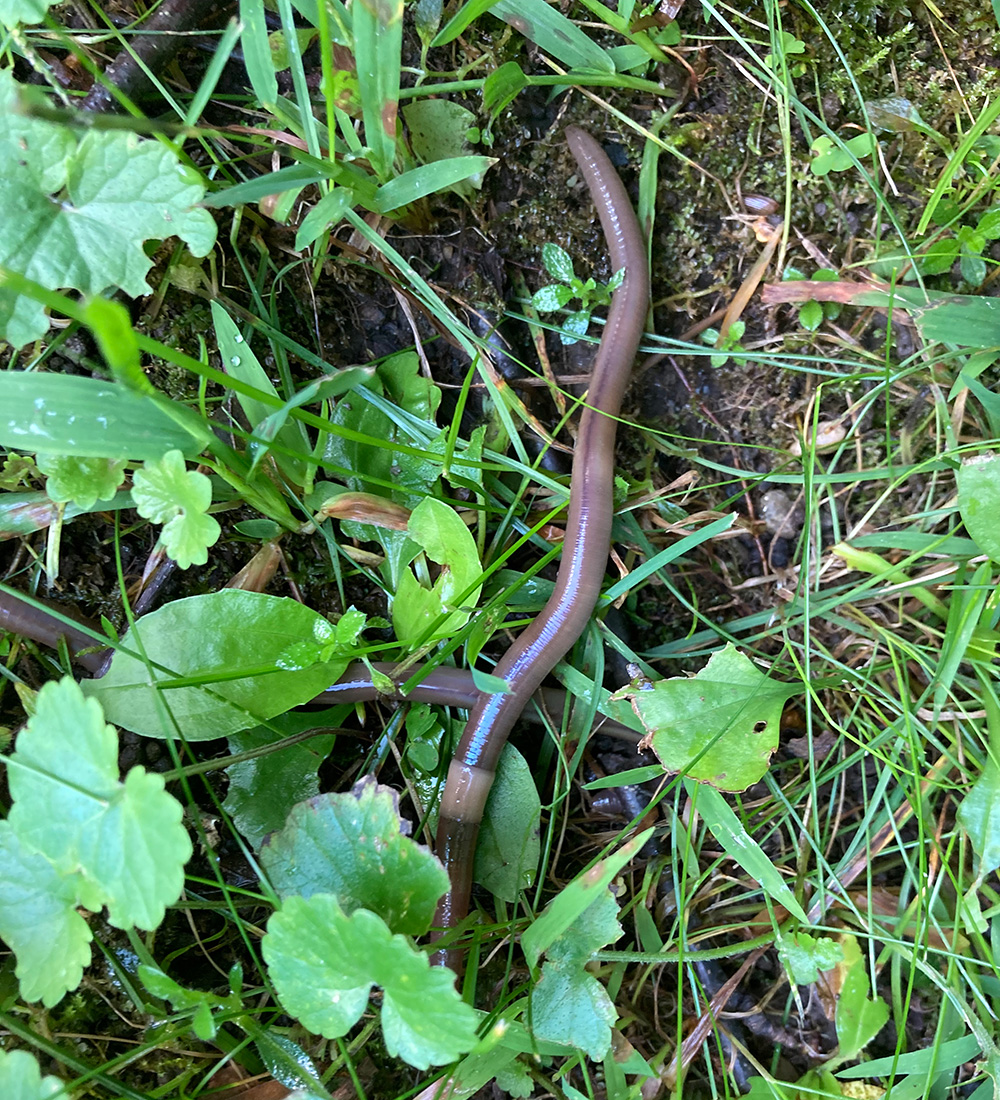
Damage to soil structure
Left unmanaged, snake worms can take over your entire garden, and even worse, move into woodlands and farms. Snake worms prefer leaf mulch and feed voraciously on organic matter that already exists in all of our gardens. They reproduce rapidly and change the soil structure so that most plant material cannot survive a drought. Snake worms are parthenogenic, meaning that the species doesn’t need a male and a female to breed. All it takes is just one worm (or even a single egg) getting into your garden to kickstart an entire population of hundreds, if not thousands, in a single season.
Snake worms can also survive in more crowded populations than European worms can. They can outcompete established populations of European species (which help our soil) by consuming organic matter more quickly. This leads to a population boom that can quickly overtake a forest floor or a city garden.
The damage to our gardens and environment doesn’t come from snake worms devouring organic matter; it’s far more sinister than that. Snake worm castings bulk up far too quickly, making soil extremely porous. In snake worm–infested gardens, the loose and granular soil cannot hold water. It also changes the chemistry of the soil, which becomes more alkaline. This is not a good thing for plants that demand acidic soil. The soil structure can quickly become so loose that mature forest trees have been known to topple over.
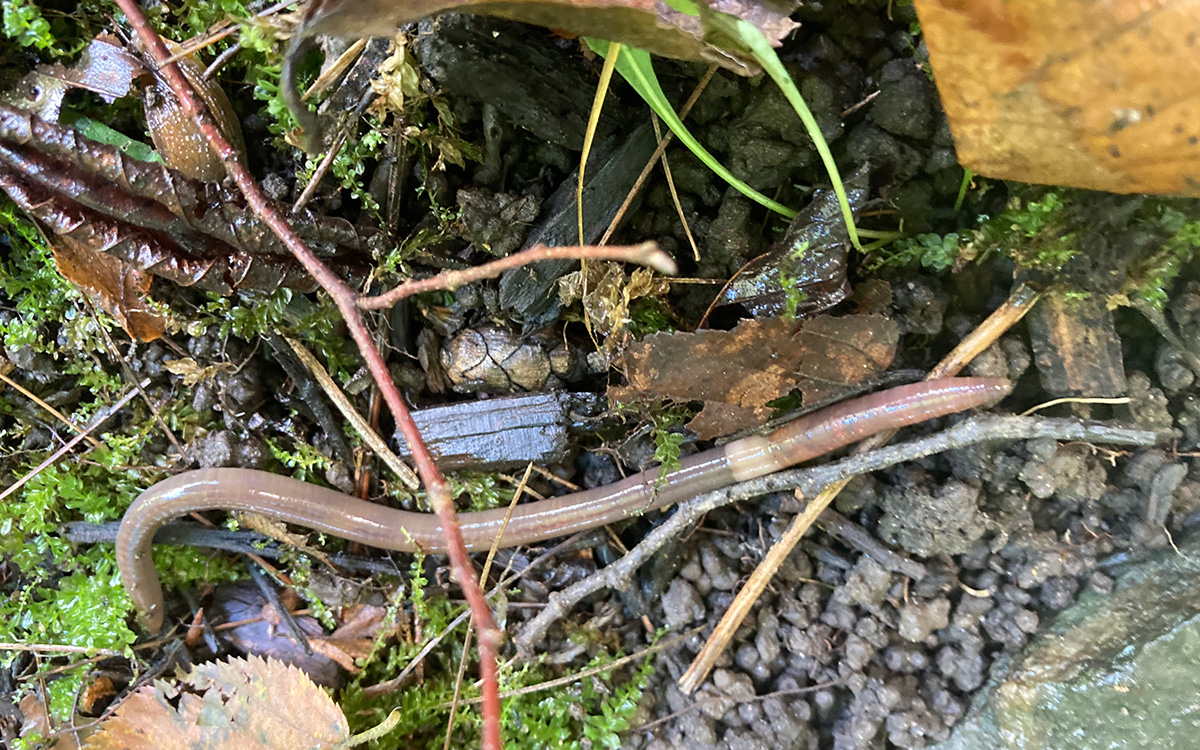
Prevention and treatment
Controlling or eliminating populations of snake worms has been difficult. As of now, there is little one can do that will effectively manage or eliminate worms from a garden or forest. Scientists are working diligently on everything from organic methods such as biological controls to chemical solutions. There are also tests on fertilizers with high levels of saponin.
You can engage in prevention strategies by avoiding introducing soil from elsewhere and examining nursery pots for worms when you buy them. If you need to buy soil or compost, make sure it’s sterilized. People fishing are encouraged not to release worms; composters are cautioned not to purchase worms or remove worms from vermiculture bins.
If you have snake worms, you can reduce their populations by reducing organic material such as leaves or bark mulch and allowing soil to dry out or rise to high temperatures (above 100°F). You can do this in localized areas by solarizing the soil. Additionally, mixing mustard (the condiment) with water and pouring it on soil will irritate all worms and bring them to the surface. This will let you check to see if you have snake worms and hand pick them out of the soil. While this can help, it will not stop an outbreak.
In some states, such as Wisconsin, where breakouts have destroyed acres of forests, people will pick and destroy as many worms as they can by placing the worms in a plastic bags and setting the bags in full sun for an hour. Drastic methods of control can also include prescribed burns.
While there are no surefire ways to completely stop an outbreak in your garden, there is some hope on the horizon from ongoing scientific studies. Additionally, most states are asking gardeners to report populations of snake worms in their gardens. Report sightings and photos to your local extension service.
Matt Mattus is the author of two books: Mastering the Art of Flower Gardening and Mastering the Art of Vegetable Gardening. He gardens in Worcester, Massachusetts.
Fine Gardening Recommended Products
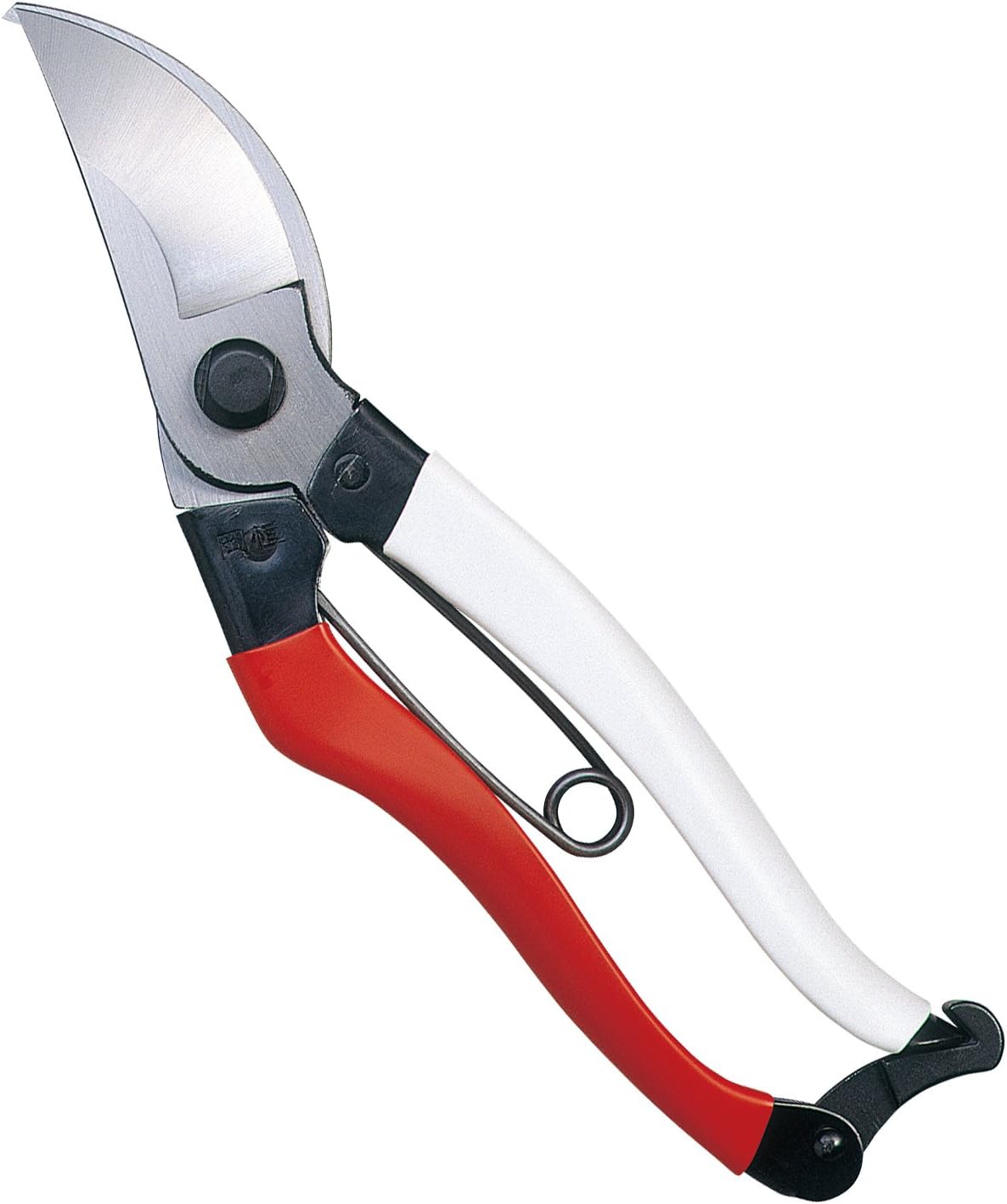
Okatsune 103 Bypass Pruners General Purpose Medium
Fine Gardening receives a commission for items purchased through links on this site, including Amazon Associates and other affiliate advertising programs.
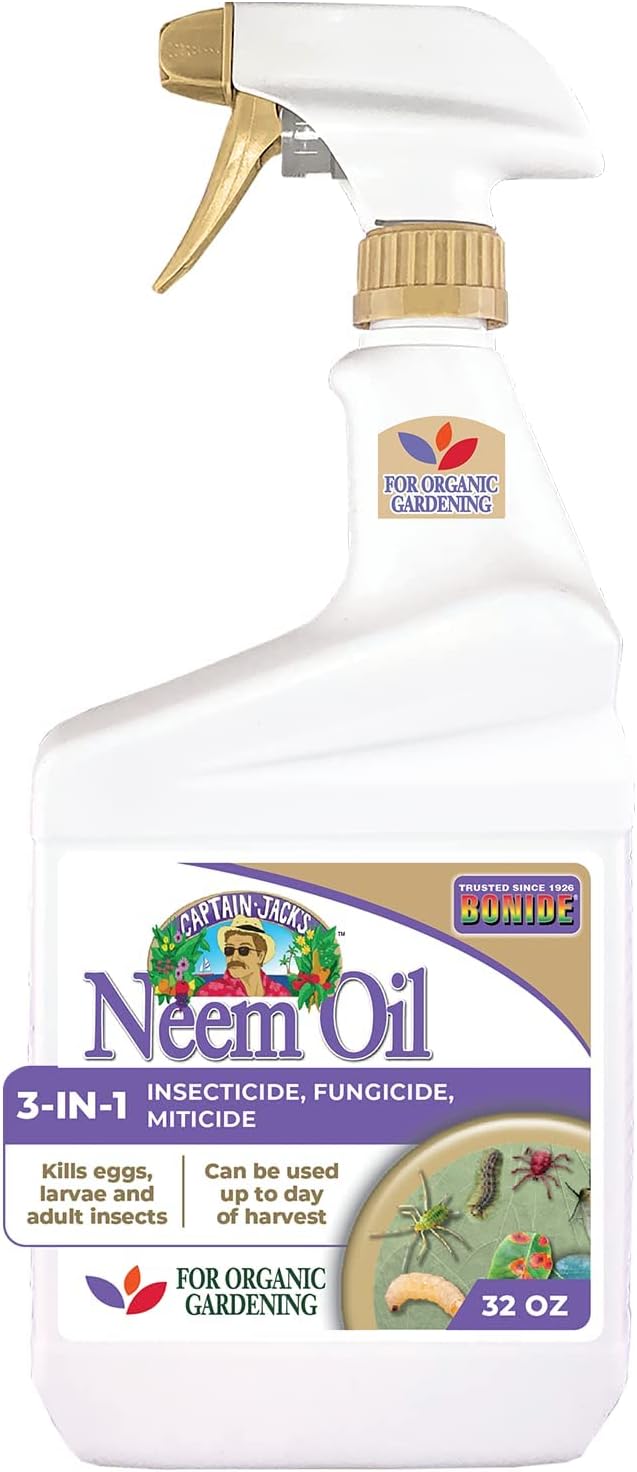
Bonide Captain Jack's Neem Oil, 32 oz Ready-to-Use Spray, Multi-Purpose Fungicide, Insecticide and Miticide for Organic Gardening
Fine Gardening receives a commission for items purchased through links on this site, including Amazon Associates and other affiliate advertising programs.
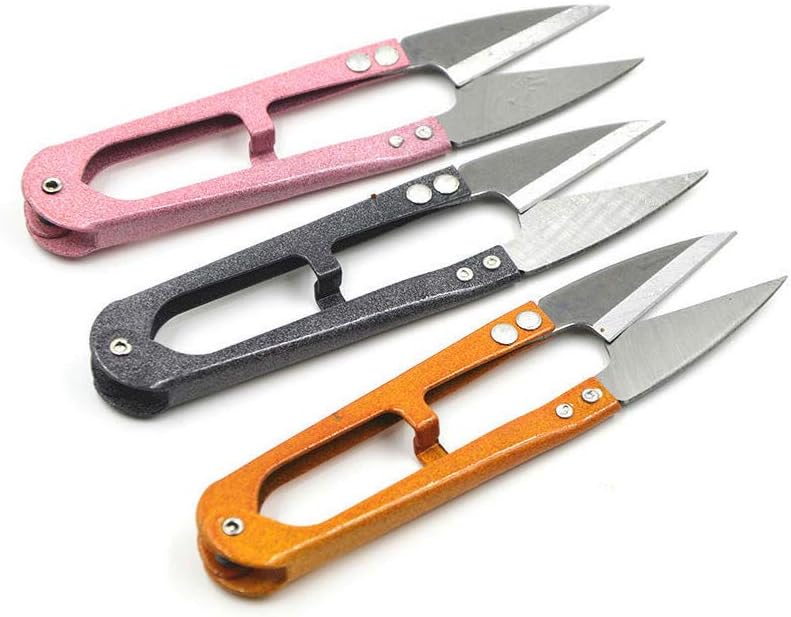
3 Pack 4.1Inch Bonsai Pruning Scissors
Fine Gardening receives a commission for items purchased through links on this site, including Amazon Associates and other affiliate advertising programs.





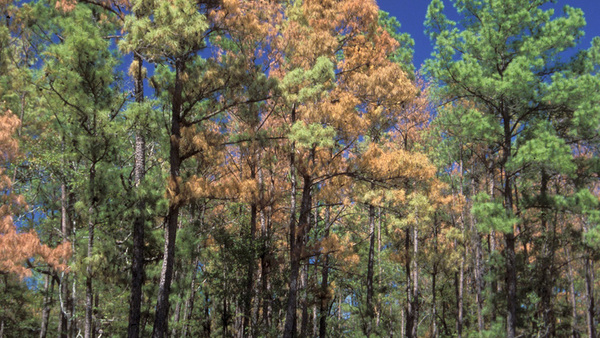

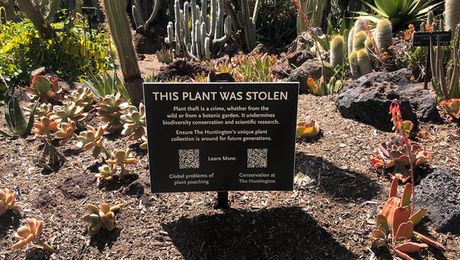











Comments
Log in or create an account to post a comment.
Sign up Log in